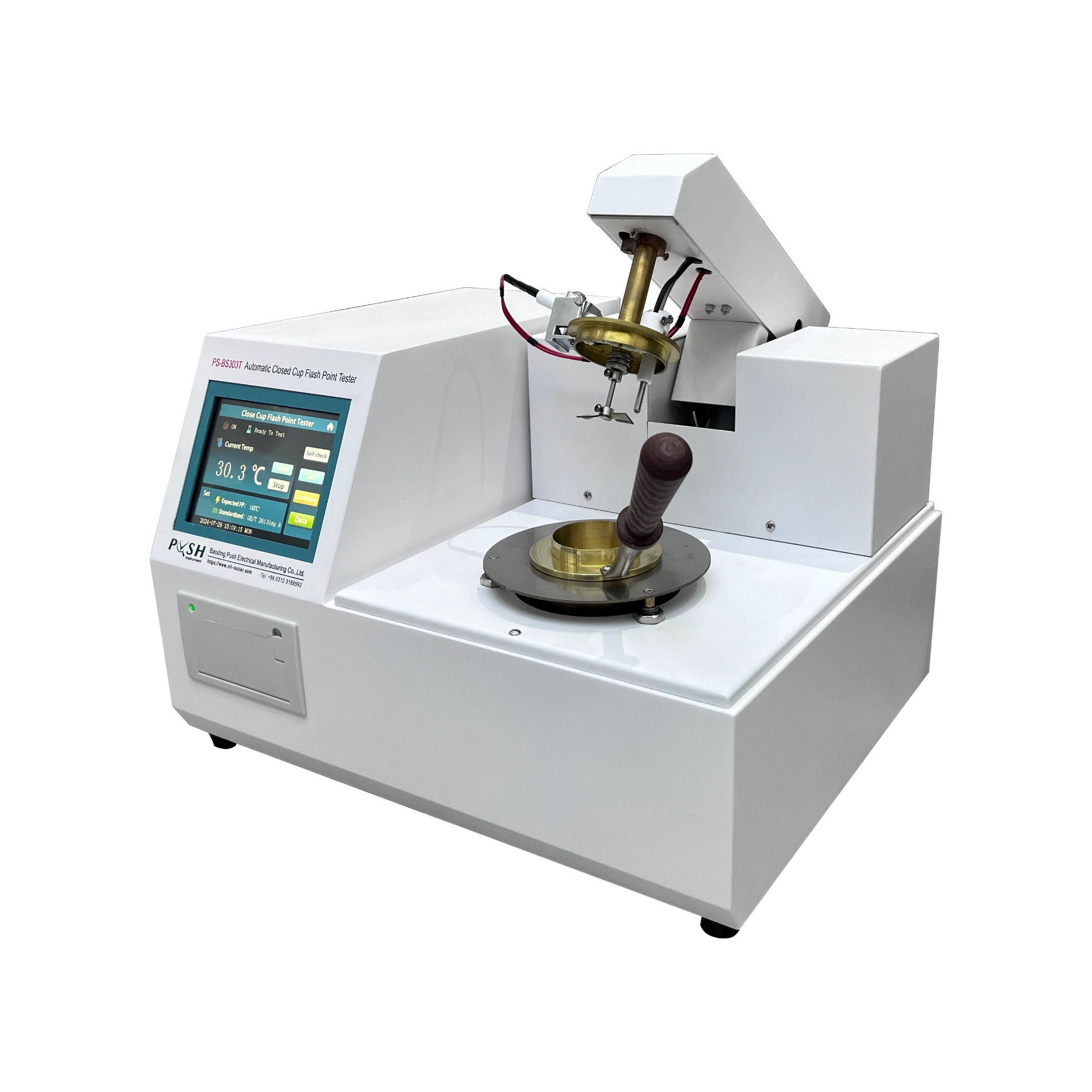 English
English


partial discharge cable
Understanding Partial Discharge in Cables
Partial discharge (PD) is a phenomenon that can occur in electrical cables, particularly in high-voltage systems. It refers to the localized breakdown of insulation, leading to the creation of small sparks or electrical discharges that do not bridge the entire insulation thickness. This occurrence can be a precursor to insulation failure, making it a critical concern for the longevity and safety of electrical systems.
Causes of Partial Discharge
The primary causes of partial discharge in cables include defects in the insulation material, such as bubbles, cracks, or inclusions, which can create areas of weakness. Environmental factors like humidity, temperature fluctuations, and exposure to chemicals can also contribute to the deterioration of insulation. Additionally, mechanical stress, manufacturing defects, or aging can lead to increased susceptibility to PD.
Consequences of Partial Discharge
The presence of partial discharge within a cable can lead to significant issues over time. While PD may not immediately result in catastrophic failure, it can undermine the integrity of the insulation, leading to gradual degradation. This deterioration can culminate in a full insulation failure, causing short circuits, equipment damage, and potentially dangerous electrical hazards. Moreover, PD can generate heat and electromagnetic interference that may disrupt the operation of nearby electronic devices, further amplifying the risk associated with these discharges.
Monitoring and Detection
Due to the potential risks associated with partial discharge, monitoring and detection are essential components of cable maintenance
. There are various techniques employed to detect PD activity, such as1. Ultrasound Detection This involves using ultrasonic sensors to detect the high-frequency sound waves generated by partial discharges.
partial discharge cable

2. Electrical Measurement Measurement devices can monitor the electrical signals in a cable, detecting anomalies indicative of partial discharge.
3. Time-Domain Reflectometry (TDR) TDR is an advanced technique that involves sending a pulse along a cable and measuring the reflected signals to identify defects.
4. Optical Fiber Sensors Emerging technologies use optical fibers as sensors to detect PD in high-voltage cables without electrical interference.
Preventive Measures
To mitigate the risks of partial discharge, maintenance practices should emphasize preventive measures. Regular inspections and testing of cables are essential to identify any signs of insulation deterioration early. Implementing a rigorous quality control process during manufacturing can also minimize the introduction of defects that lead to PD.
Furthermore, ensuring proper environmental conditions, such as controlling humidity levels and maintaining temperature can prolong the lifespan of cable insulation. The adoption of advanced materials and insulation techniques in cable design can also reduce the likelihood of partial discharge occurrences.
Conclusion
Partial discharge in cables is a significant concern for electrical systems, particularly those operating at high voltages. Understanding the causes and consequences, as well as implementing effective monitoring and preventive measures, is crucial for maintaining the reliability and safety of electrical installations. By prioritizing the management of partial discharge, organizations can enhance system performance and prolong cable life, ultimately ensuring safer and more efficient electrical infrastructure.
-
Differences between open cup flash point tester and closed cup flash point testerNewsOct.31,2024
-
The Reliable Load Tap ChangerNewsOct.23,2024
-
The Essential Guide to Hipot TestersNewsOct.23,2024
-
The Digital Insulation TesterNewsOct.23,2024
-
The Best Earth Loop Impedance Tester for SaleNewsOct.23,2024
-
Tan Delta Tester--The Essential Tool for Electrical Insulation TestingNewsOct.23,2024





